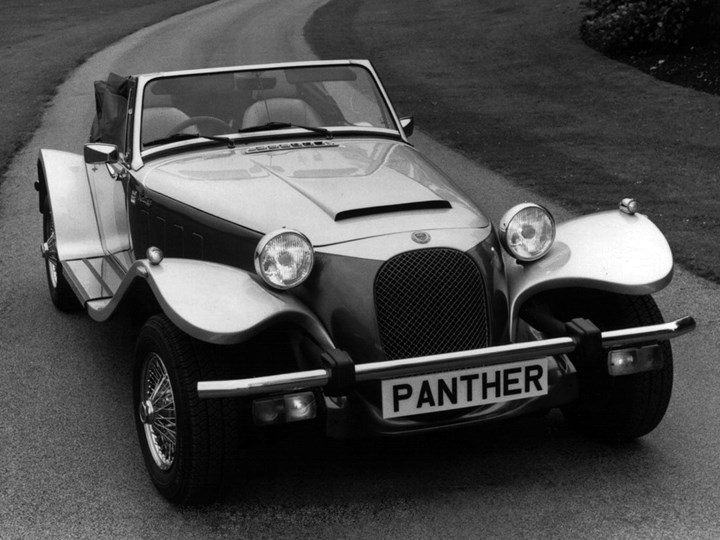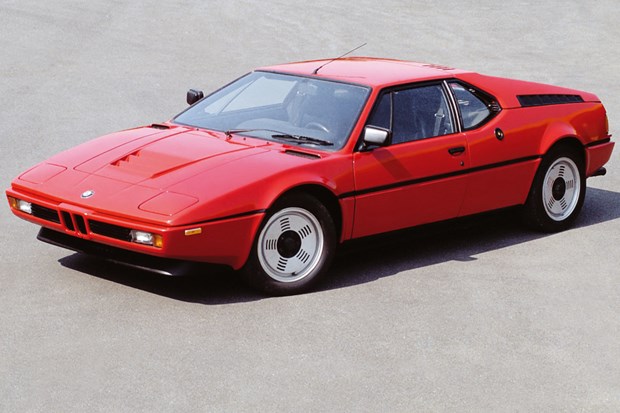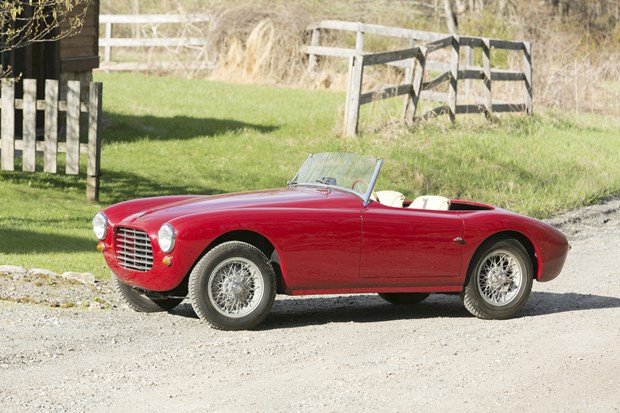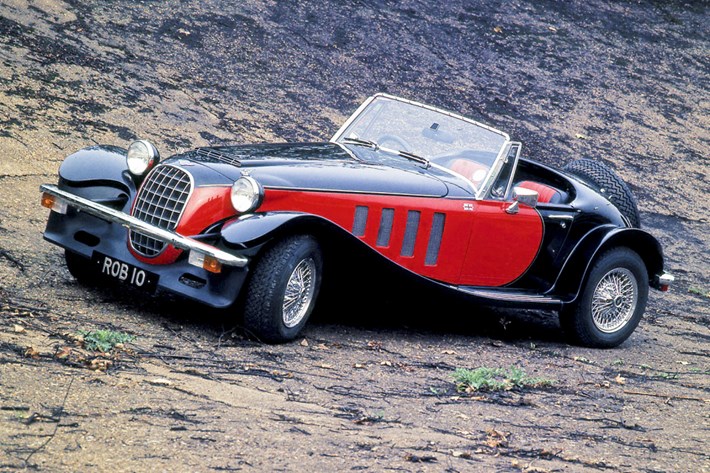
For over twenty years, the British manufacturer Panther has been producing unique cars for customers who like to stand out from the crowd.
Robert Jankel had always had a passion for cars. Coming from a family involved in clothing and fashion, this engineer by training built his own car as soon as he could, based on an Austin Seven.
After failing in the used car trade, Jankel returned to the family business, but his dreams remained unchanged. It was after selling a Rolls-Royce from the 1930s that he had completely restored himself that he imagined marketing a car with a pre-war look, equipped with modern powertrains.
He thought of the SS 100, a sports car that had so influenced his childhood, and with a few friends, he built a first prototype within the company he had just created. The company was called Panther Westwinds, a homage to the Jaguar motor company and his family home.
What was most surprising was that Jankel finally managed to convince Jaguar of the merits of his initiative, and the brand eventually sold him 3.8- and 4.2-litre XK engines to equip his car.
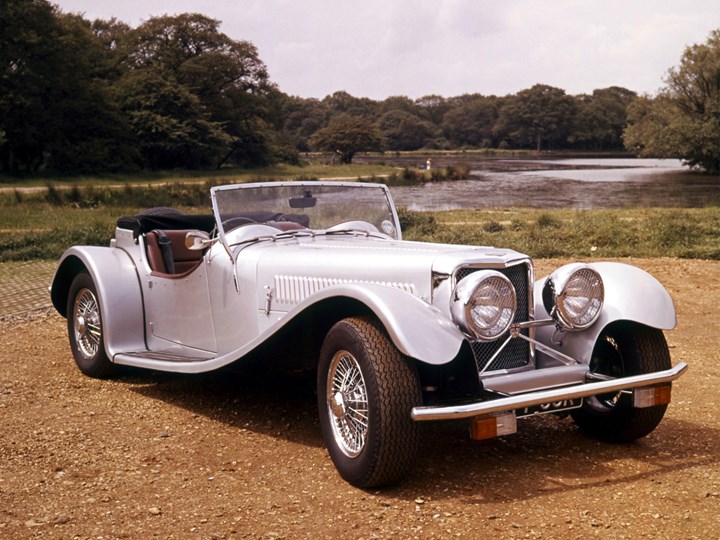
Off to a flying start
In 1972, the J72 was launched. Capable of reaching a top speed of 200 km/h, this car was not a replica of an existing model. It simply took aesthetic features from the 1930s and adapted them to suit its own style.
While the large wings were still there, the car was wider to offer its passengers greater comfort. The J72 got off to a flying start, and the Panther was the subject of numerous articles in the press because of its originality.
And that's precisely what appealed to a clientele with the means, because the J72 was sold at a very high price: twice the price of a Jaguar E-Type! With its high-quality finish, it was a true luxury car, 380 examples were produced until 1982.
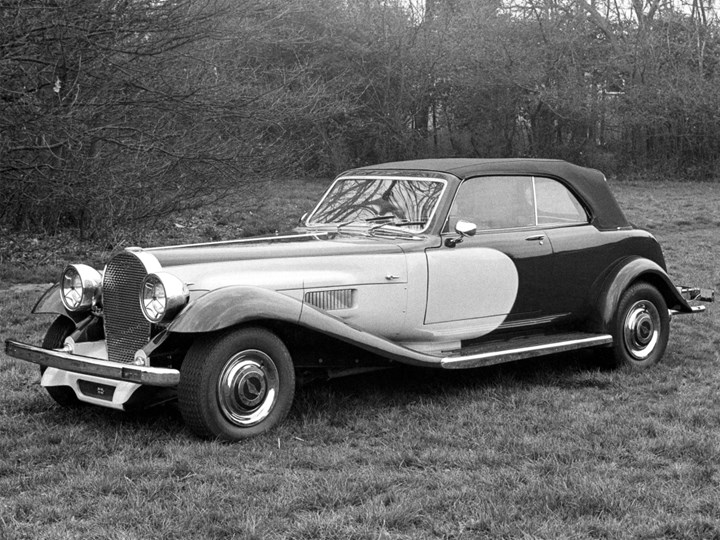
A Few Unsuccessful Attempts
The success of the J72 prompted Jankel to team up with the Swiss designer Willy Felber. Together, the two men developed the FF, a sports car based on the Ferrari 330 GTC. This was not quite the success the J72 had been and only 7 examples were produced between 1972 and 1974.
Later, Jankel took inspiration from the Bugatti Royale with the De Ville, a large saloon based on Jaguar engines. Extremely expensive to produce, it found only around 60 customers (some of whom opted for a 6-door cabriolet version). Production ended in 1985.
The more sensible Rio, launched in 1975, was based on the Triumph Dolomite saloon. Flanked by a Rolls-Royce-style front end, it was lavishly gentrified with wood trim, precious leathers and a top-of-the-range stereo. Priced three times more than a standard Dolomite, the Rio sold just 38 units between 1975 and 1977.
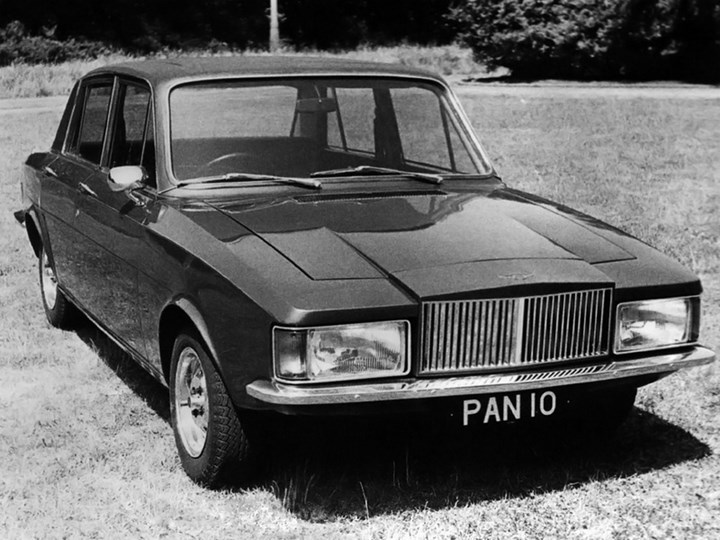
A Return To Success
With its recent failures taking their toll, Panther had to launch a new model to pull itself out of the doldrums. The Lima, a convertible inspired by the roadsters of the 1950s such as the MG TD and the Morgan, was just such a car.
Powered by a 2.3-litre Vauxhall engine developing 108bhp or 178 bhp in its turbocharged version, it has a fibreglass body resting on a tubular chassis. The MKII version had a burr walnut dashboard and a more rigid chassis. Thankfully this formula proved to be a succesful one, and 897 Limas left the Panther workshops over a period of eight years.
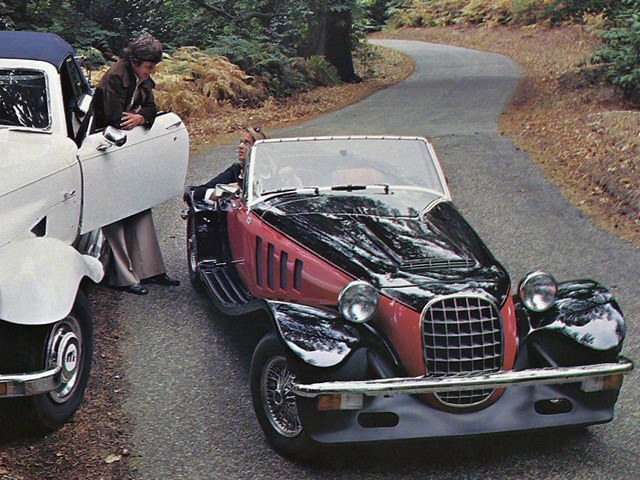
Bankruptcy Buyout
However, the British manufacturer could not avoid bankruptcy in 1980 following the failure of the Panther 6, a crazy 6-wheeled car powered by an 8.2-litre Cadillac engine.
The company was bought by the Korean Young Kim, who presided over the destiny of the Jindo group. The Lima evolved and became the Kallista, adopting a chassis manufactured in Korea and a body that was now made of aluminium.
The new owner succeeded in cutting production costs by 40%, which made Panther more money. The Kallista now borrowed its powertrains from Ford. Initially powered by 4-cylinder 1.3 and 1.6 engines, this charming convertible was later powered by 2.3, 2.8 and 2.9 V6 engines.
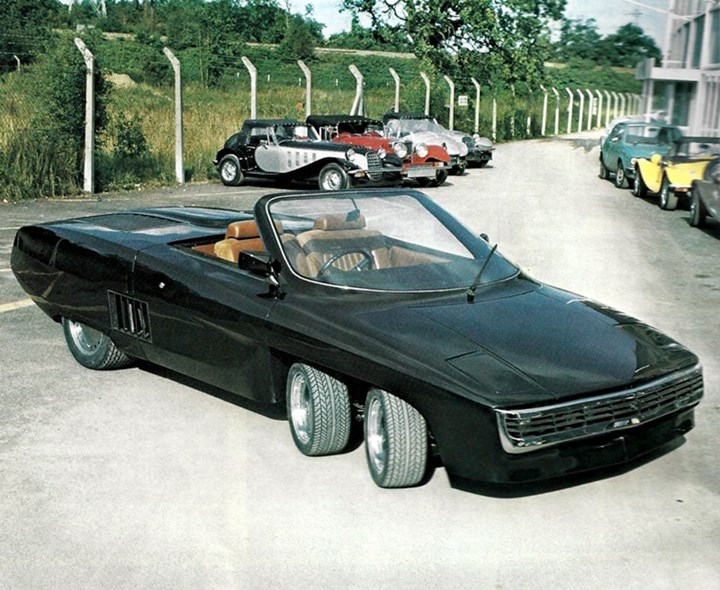
Korean episode
While the Kallista was enjoying success (1,740 cars were built up to 1993), Young Kim's ambition was to create a small, affordable mid-engined sports car. This was the Panther Solo, a model that was unfortunately overshadowed by the more successful and much cheaper Toyota MR.
A re-design of the Solo from a rear drive two-seater into a four-wheel drive two-plus-two didn't materially increase sales, and after a few more attempts to revive the brand, Young Kim finally decided to throw in the towel and SsangYong became the owner of Panther.
Kallista production was transferred to another factory in 1990, as Robert Jankel had launched a new luxury car customisation business after Panther went bankrupt. In 1992, SsangYong resumed production of the cabriolet in Korea, but the manufacturer had other priorities, such as its new Korando 4x4.
In the end, only 78 cars rolled off the production line before the brand died out. Robert Jankel diversified his activities and began producing luxury armoured vehicles and limousines. In 2001, he finally bought Panther, but his untimely death in 2005 sounded the final death knell for the company.
